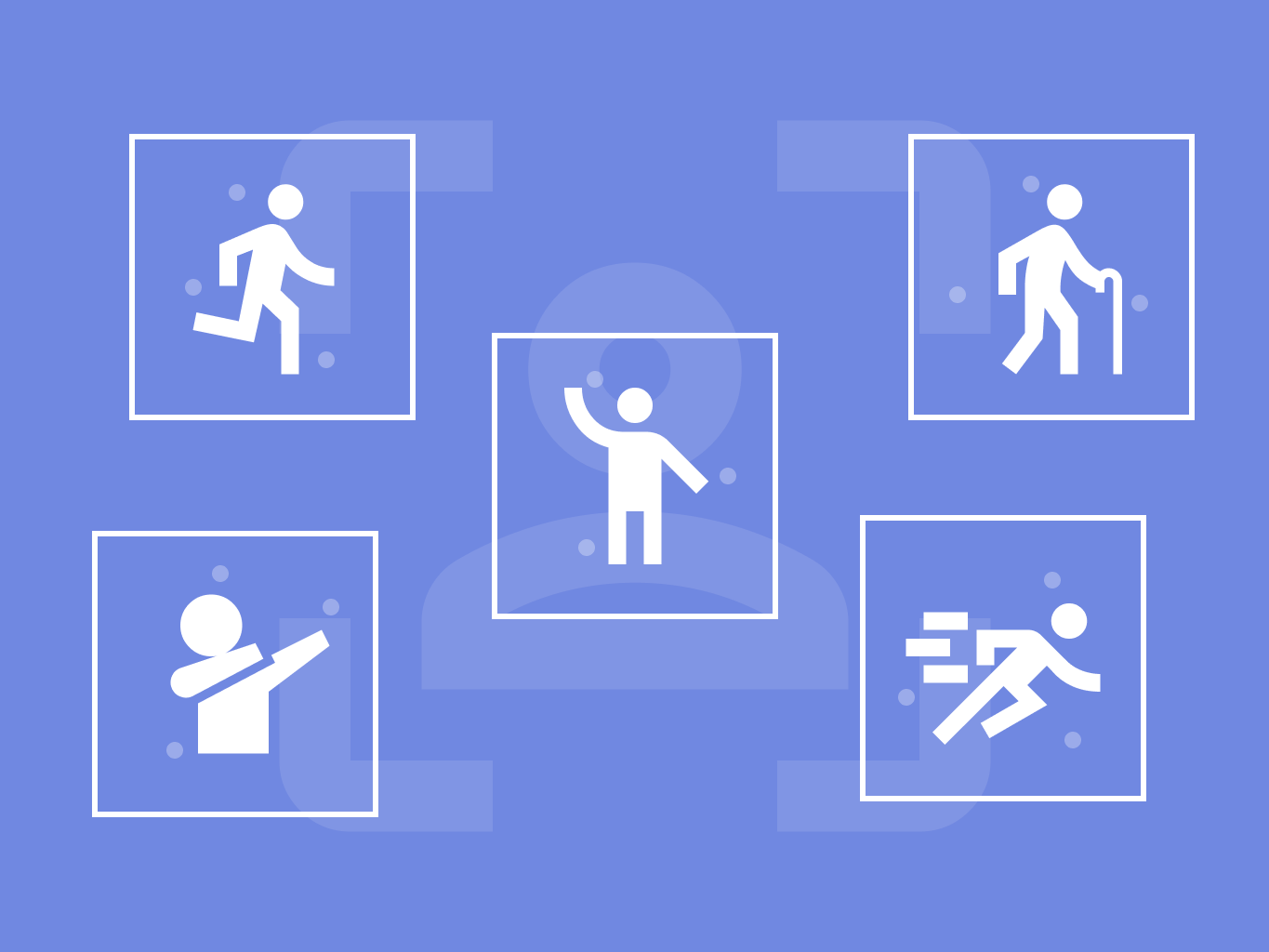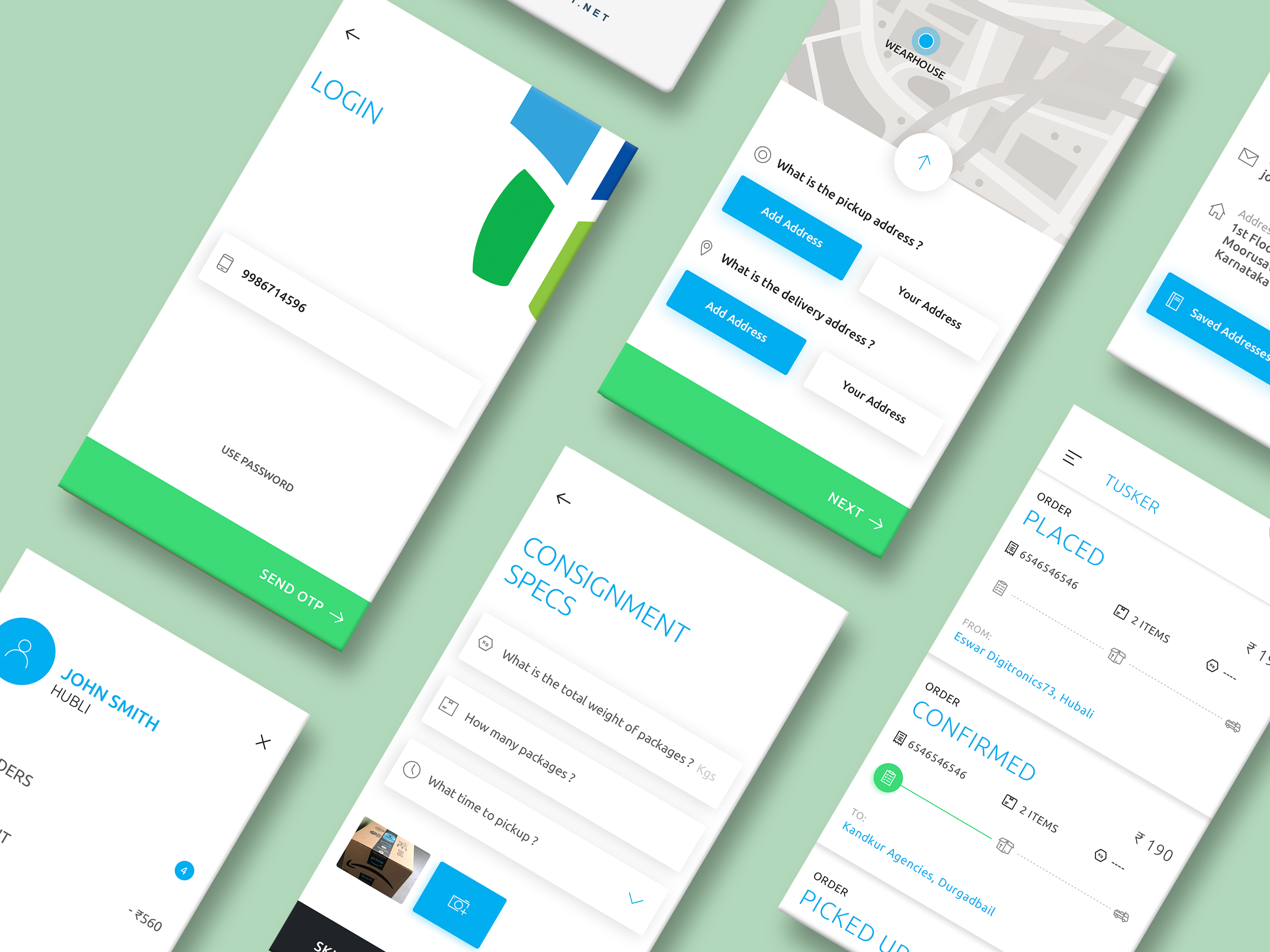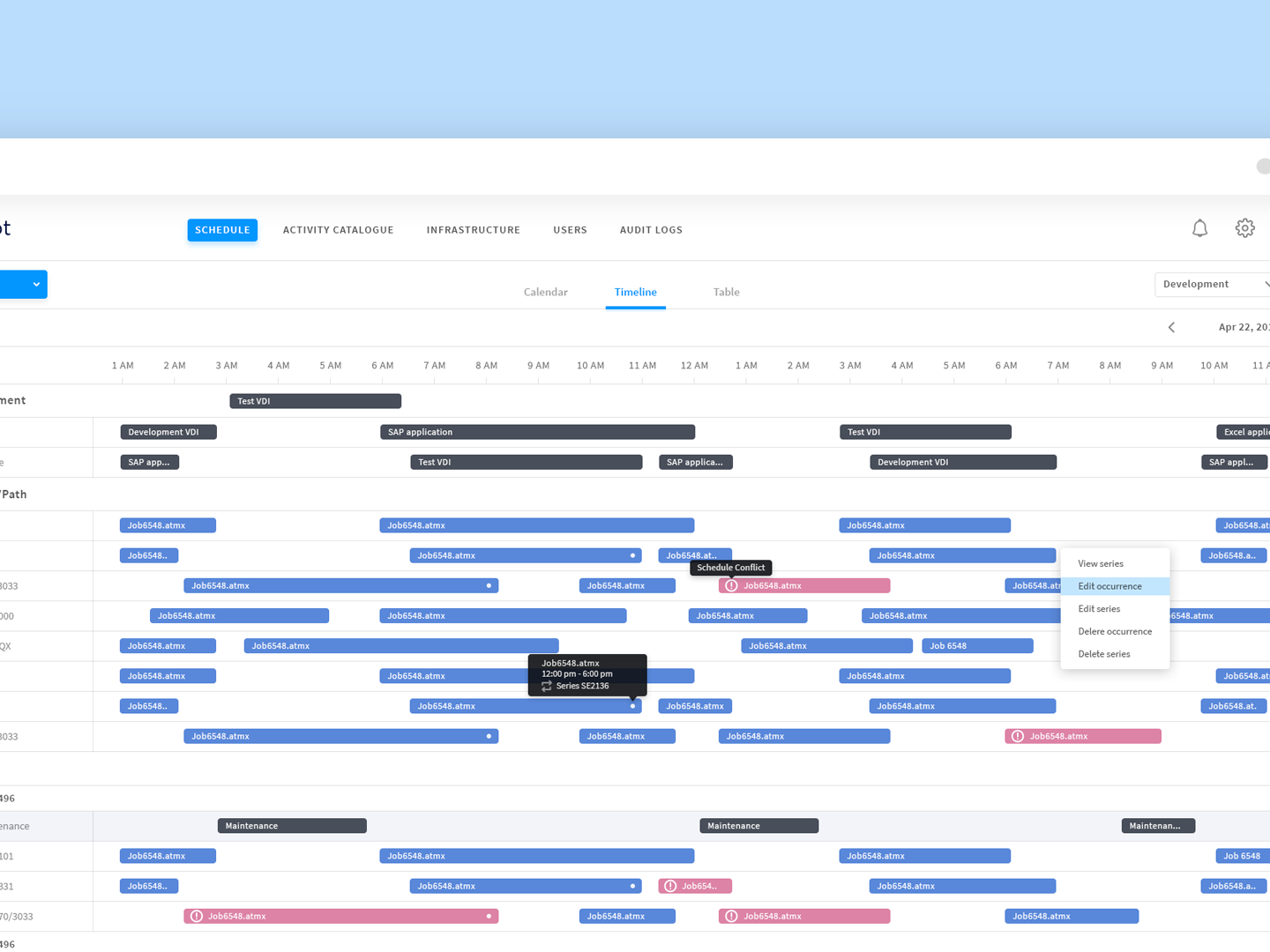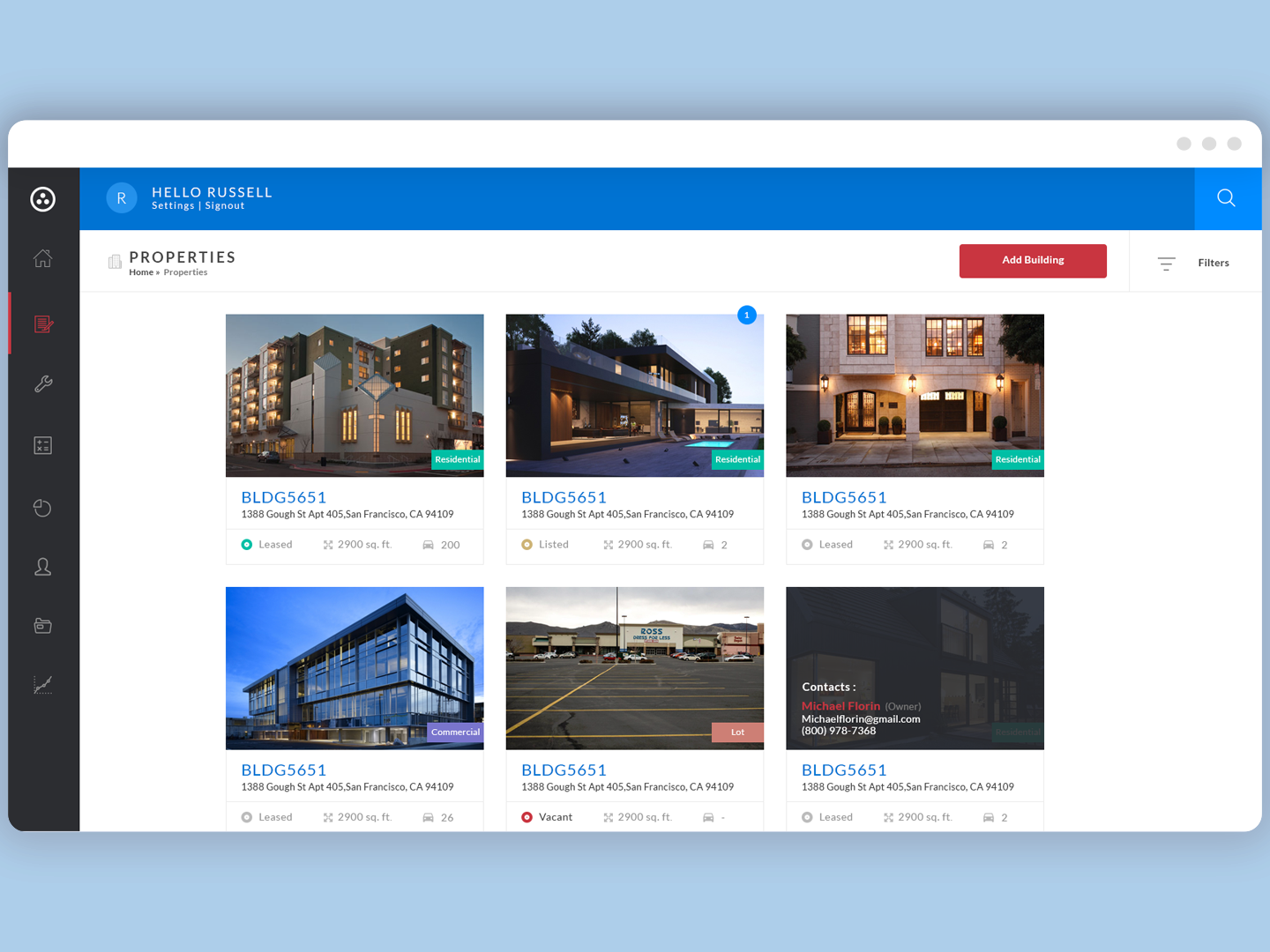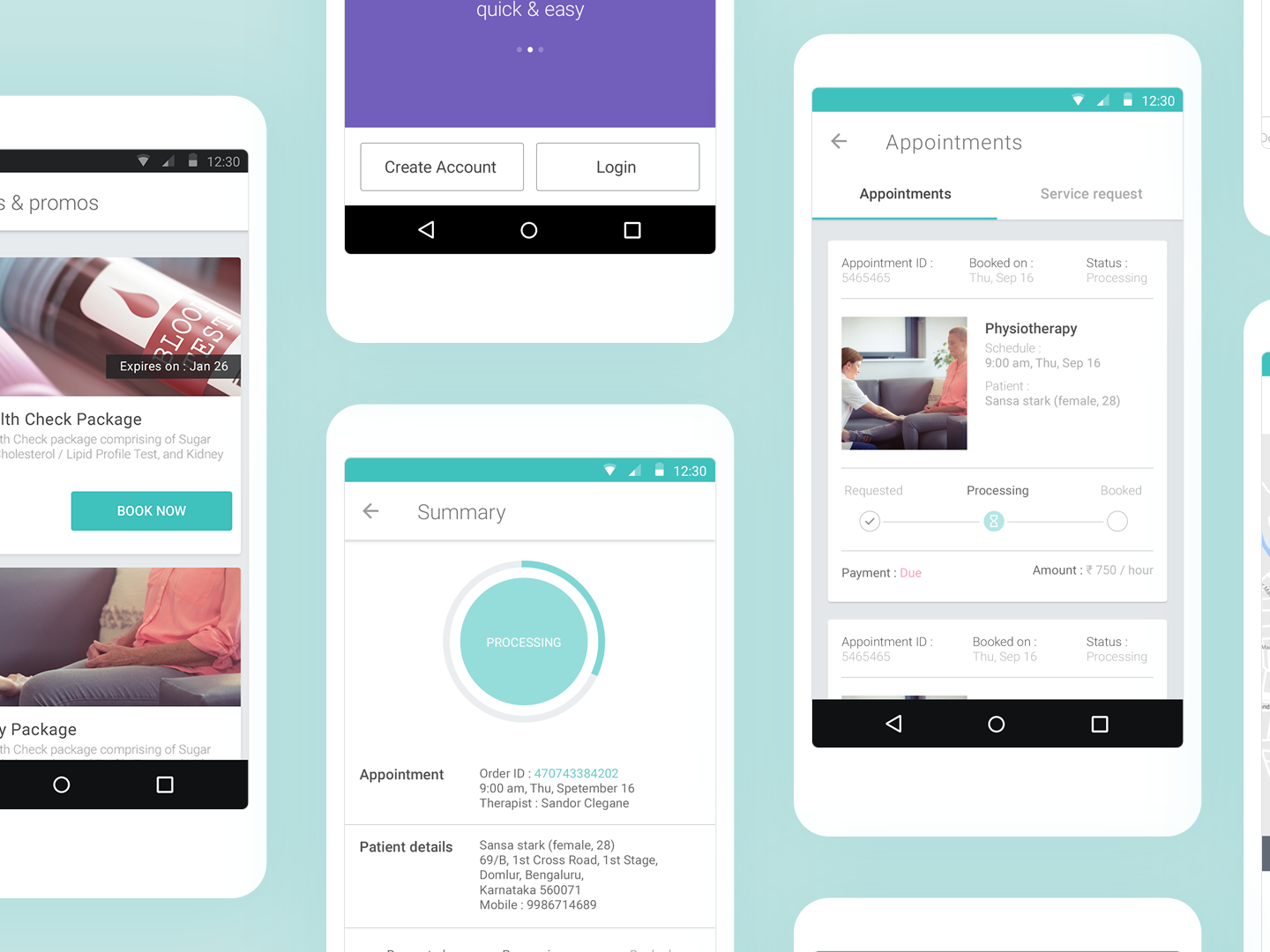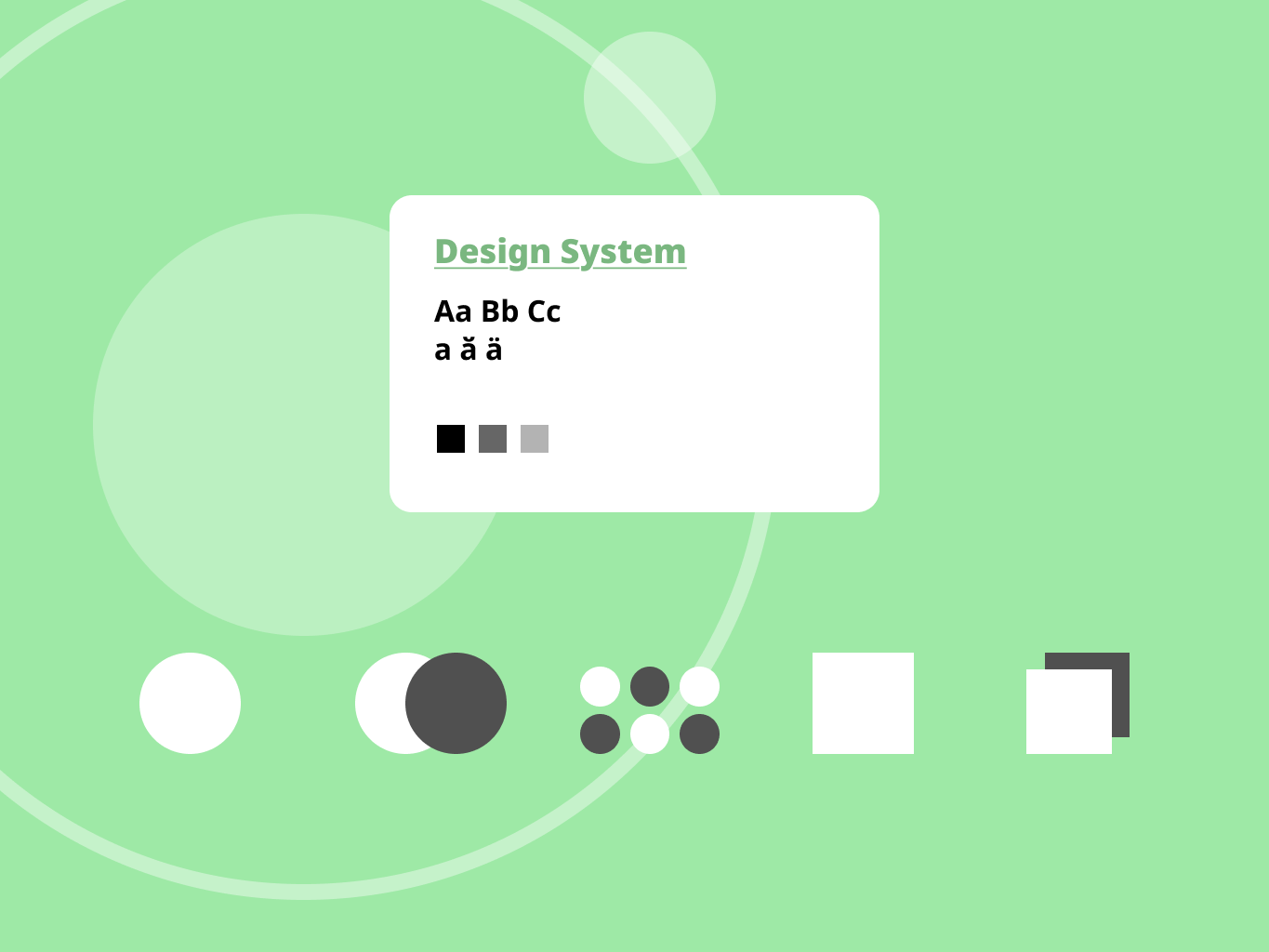Role: UI/UX Designer
Techniques Used: Heuristic Evaluation, Usability Testing, Customer Journey Mapping, Wireframes, Visual Design.
Tools: Figma, Dovetail, Mural, Confluence, Jira, Teams,
Google analytics
Techniques Used: Heuristic Evaluation, Usability Testing, Customer Journey Mapping, Wireframes, Visual Design.
Tools: Figma, Dovetail, Mural, Confluence, Jira, Teams,
Google analytics
Project Overview
As a leading provider of lifesaving medical products, Laerdal faced significant challenges after migrating their e-commerce platform. Following rapid expansion and the introduction of untested features, user experience declined sharply, which led to increased cart abandonment rates and reduced customer satisfaction.
Additionally, they struggled to onboard distributors who were accustomed to traditional ordering methods. I was tasked with identifying usability issues and developing targeted solutions to enhance the overall user experience.
Problem Statement
The recent migration of the e-commerce platform resulted in a fragmented user experience characterized by high cart abandonment rates and difficulties in onboarding new users. Key issues included a cumbersome checkout process, inefficient search functionality, and unclear product information, all contributing to frustration among users and ultimately impacting sales.
Research and Analysis
To understand the underlying issues, I conducted a comprehensive analysis of the e-commerce platform analytics, focusing on the checkout flow. Google Analytics data revealed critical drop-off points that prompted further investigation.
Analytics Overview (for representation only)
Heuristic evaluation
A heuristic evaluation uncovered significant usability issues affecting the platform's checkout process, search functionality, and product information presentation. Additionally, localization components were found to be lacking, including inconsistencies in handling zip codes/pincodes, displaying tax-inclusive and exclusive prices, and variations in currency and phone formats. These issues potentially hindered user interactions and may have contributed to cart abandonment and inefficiencies in product searches, as well as unclear product details that could affect informed purchasing decisions.
Heuristic Evaluation Findings (for representation only)
Usability testing
Usability testing with internal customer facing users confirmed these issues and revealed additional challenges throughout the user journey, particularly during the billing stage, where users frequently abandoned purchases due to confusion in navigation.
Usability Testing Insights (for representation only)
Design Solutions
Leveraging insights from user research and collaborative workshops, I worked alongside the Lead UX Designer, who facilitated user interviews and utilized the customer journey created by researchers. Together, we focused on redesigning key aspects of the e-commerce platform, including the checkout flow, search functionality, product information architecture, and navigation. The goal was to create a smoother user experience, minimize cart abandonment, facilitate product discovery, and empower users to make informed purchasing decisions.
Prototype and wireframes (for representation only)
Throughout the project, it was noted that the e-commerce platform was not compliant with the design system and had accessibility issues. Incremental improvements toward design system compliance were implemented, enhancing the overall user experience.
Design system (for representation only)
Outcomes and Impact
As a result of these enhancements, early metrics indicated a reduction in cart abandonment rates by 25% and a 35% increase in search interactions. Users reported a more intuitive navigation experience, indicating that the redesign effectively addressed their pain points.
Key Takeaways
User feedback is essential for identifying pain points and informing effective design solutions. Additionally, paying attention to localization and accessibility can greatly enhance the user experience for diverse audiences. Throughout the design process, collaboration with stakeholders ensures that both business goals and user needs are aligned.
